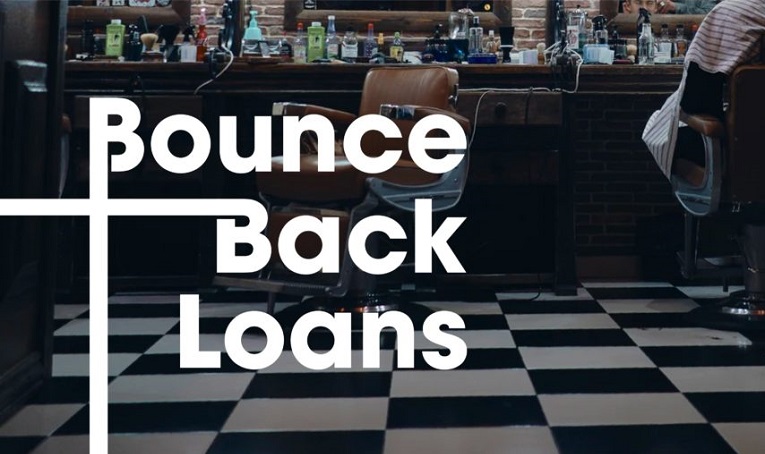Applying for a bounce-back loan can be a lifeline for small businesses facing financial challenges. These loans are designed to help businesses recover quickly from unforeseen economic hardships. In this article, we’ll walk you through the process of applying for a bounce-back loan, explain the requirements, and discuss how to make the most of this opportunity.
Understanding Bounce Back Loans
Bounce-back loans are government-backed loans designed to help small and medium-sized enterprises (SMEs) get back on their feet during tough times. They offer quick access to funds, usually with favorable terms and conditions, to ensure that businesses can continue operations without a hitch.
Key Features of Bounce Back Loans
- Quick Access: Funds are typically available within a few days.
- Flexible Terms: Often include low interest rates and extended repayment periods.
- No Fees: Generally, there are no application or early repayment fees.
- Government-Backed: This backing reduces the risk for lenders.
Eligibility Criteria
Before applying, it’s crucial to understand the eligibility criteria for bounce-back loans. Here’s what you need to know:
- Business Size: These loans are primarily for SMEs. Larger corporations may not qualify.
- Operational History: Your business should have been operational before a specified date, often stipulated by the lending program.
- Financial Impact: You must demonstrate that your business has been adversely affected by a specific economic event or crisis.
- Creditworthiness: While less stringent than other loans, some assessment of your business’s creditworthiness might be necessary.
Preparing to Apply
Gathering the necessary documentation is a crucial step. Here’s a checklist to help you prepare:
Essential Documents
- Business Plan: Outlines your business’s goals, strategies, and financial projections.
- Financial Statements: Includes balance sheets, income statements, and cash flow statements.
- Tax Returns: Past tax filings can provide evidence of your business’s financial health.
- Bank Statements: Recent statements can help demonstrate your business’s cash flow.
- Identification: Proof of identity and address for business owners.
Assessing Your Financial Needs
Before applying, assess how much funding you need. Consider current debts, ongoing expenses, and any planned investments. Being clear about your financial needs will help you determine the appropriate loan amount.
The Application Process
Applying for a bounce-back loan is generally straightforward. Here’s a step-by-step guide:
Step 1: Research Lenders
Not all banks and financial institutions offer bounce-back loans. Start by researching lenders who participate in the program. Consider their terms, interest rates, and customer reviews.
Step 2: Submit Your Application
Most lenders offer online applications for convenience. Ensure that you provide all the requested information accurately. Double-check your documents to avoid any delays.
Step 3: Await Approval
Approval times can vary, but bounce-back loans are designed for quick processing. You may receive a decision within a few days.
Step 4: Receive Funds
Once approved, the funds will be transferred to your business account. Make sure you understand the repayment terms and schedule before accepting the loan.
Making the Most of Your Bounce Back Loan
Once you receive your bounce-back loan, it’s important to use the funds wisely. Here are some tips:
Prioritize Essential Expenses
Focus on covering operational costs, such as payroll, rent, and utilities. Ensuring these are paid can keep your business running smoothly.
Invest in Growth Opportunities
Consider using part of the loan to invest in areas that can drive business growth, such as marketing, technology upgrades, or new product development.
Build a Financial Cushion
If possible, allocate a portion of the loan to create a financial reserve. This can provide a safety net for unexpected expenses in the future.
Alternatives to Bounce Back Loans
While bounce-back loans are a great option, they’re not the only solution for business funding. Consider these alternatives:
Emergency Business Loans
These loans are similar to bounce-back loans but may have different terms and eligibility requirements. They can be a good option if you don’t qualify for a bounce-back loan.
Small Business Grants
Grants don’t need to be repaid, making them an attractive option. However, they often have more specific eligibility criteria and application processes.
Business Credit Lines
A line of credit offers flexible access to funds, which can be useful for managing cash flow. Interest is only paid on the amount borrowed.
Final Thoughts
Applying for a bounce-back loan can provide much-needed relief for your business during challenging times. By understanding the process, preparing the necessary documentation, and using the funds strategically, you can set your business on the path to recovery and growth.
Remember, while bounce-back loans offer significant benefits, it’s important to consider all your funding options and choose the one that best fits your business’s needs. Whether you go for a government-backed loan or explore other financial avenues, the key is to make informed decisions that support your business’s long-term success.
